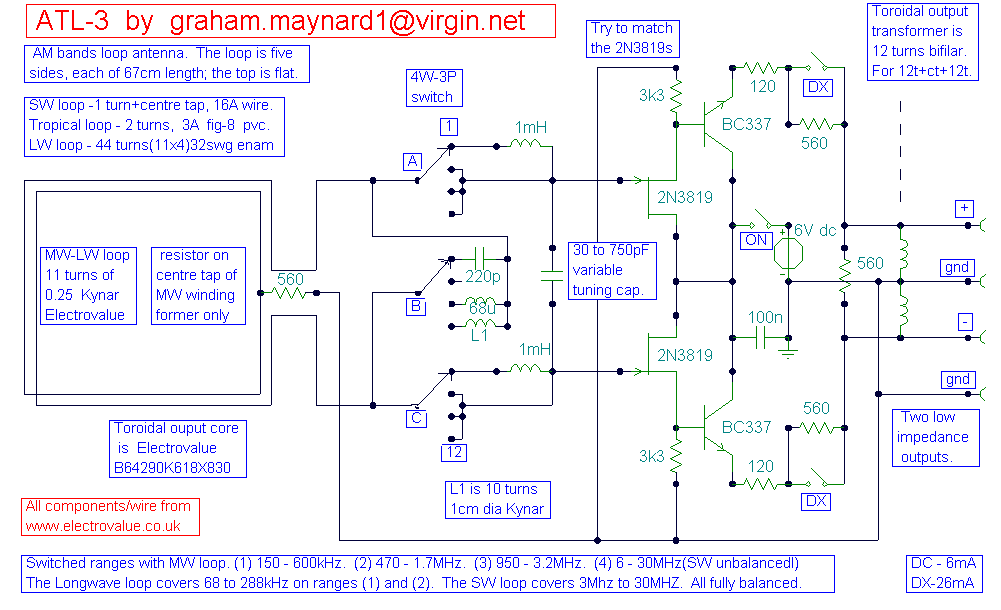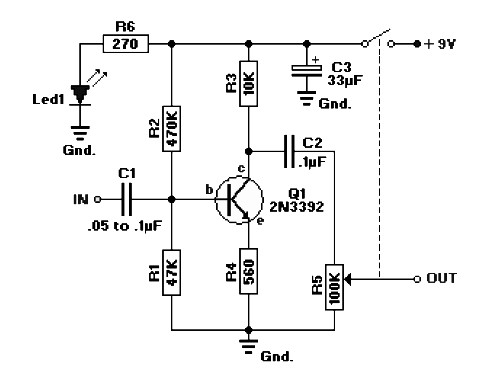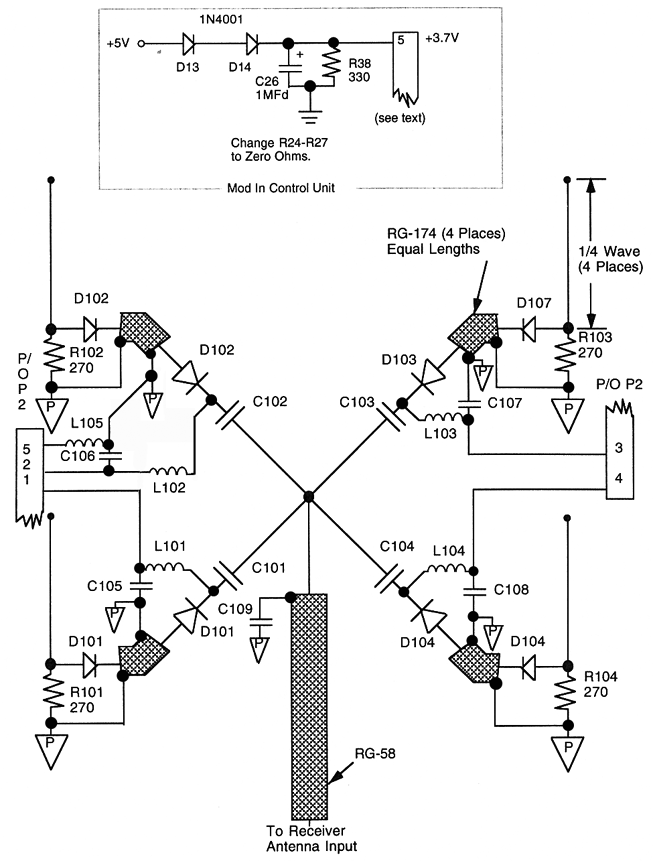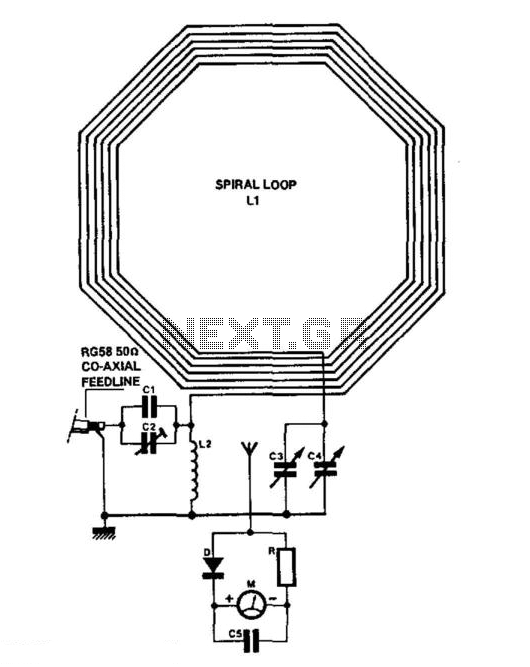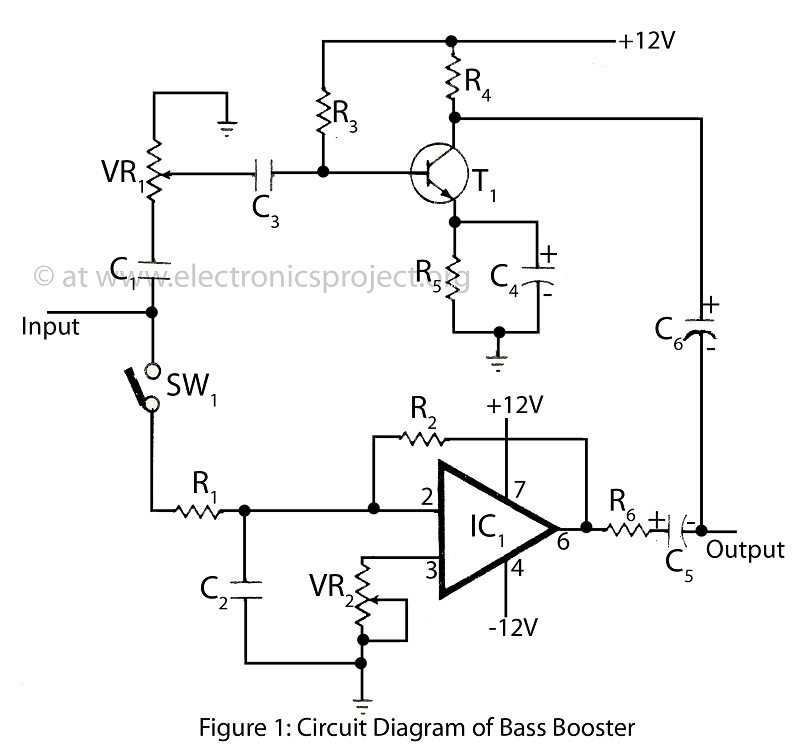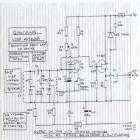
UHF Antenna Booster
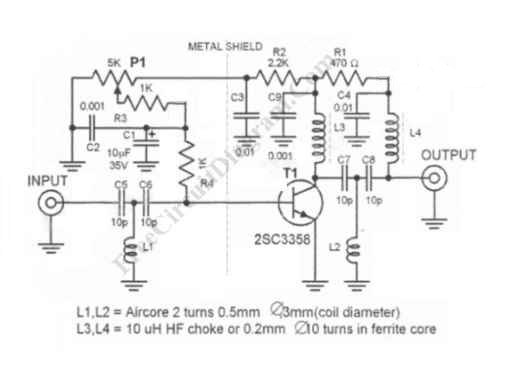
The UHF antenna booster is designed to enhance signal reception, particularly in areas that are distant from TV stations or relay transmitters. This booster operates within the frequency range of 400 to 850 MHz.
The UHF antenna booster functions by amplifying weak signals received from UHF television broadcasts, ensuring improved clarity and stability of the picture and sound. This device is particularly beneficial in rural or remote locations where signal strength is typically lower due to distance from transmission towers.
The booster is equipped with a low-noise amplifier (LNA), which minimizes the introduction of noise during the amplification process, thus preserving the quality of the received signal. The operational bandwidth of 400 to 850 MHz encompasses the UHF television channels, making it suitable for a wide range of broadcast frequencies.
Installation of the UHF antenna booster typically involves connecting it between the antenna and the television receiver or set-top box. It is essential to position the antenna in an optimal location to maximize signal reception before activating the booster. The device may also include features such as adjustable gain settings, allowing users to customize the amplification level based on their specific reception conditions.
In summary, the UHF antenna booster is an essential component for enhancing TV signal reception, particularly in challenging environments, ensuring that users can enjoy a better viewing experience.UHF antenna booster can be used for better reception, especially when you`re far from TV station / relay transmitter. This UHF antenna booster works in 400-850. 🔗 External reference
The UHF antenna booster functions by amplifying weak signals received from UHF television broadcasts, ensuring improved clarity and stability of the picture and sound. This device is particularly beneficial in rural or remote locations where signal strength is typically lower due to distance from transmission towers.
The booster is equipped with a low-noise amplifier (LNA), which minimizes the introduction of noise during the amplification process, thus preserving the quality of the received signal. The operational bandwidth of 400 to 850 MHz encompasses the UHF television channels, making it suitable for a wide range of broadcast frequencies.
Installation of the UHF antenna booster typically involves connecting it between the antenna and the television receiver or set-top box. It is essential to position the antenna in an optimal location to maximize signal reception before activating the booster. The device may also include features such as adjustable gain settings, allowing users to customize the amplification level based on their specific reception conditions.
In summary, the UHF antenna booster is an essential component for enhancing TV signal reception, particularly in challenging environments, ensuring that users can enjoy a better viewing experience.UHF antenna booster can be used for better reception, especially when you`re far from TV station / relay transmitter. This UHF antenna booster works in 400-850. 🔗 External reference
